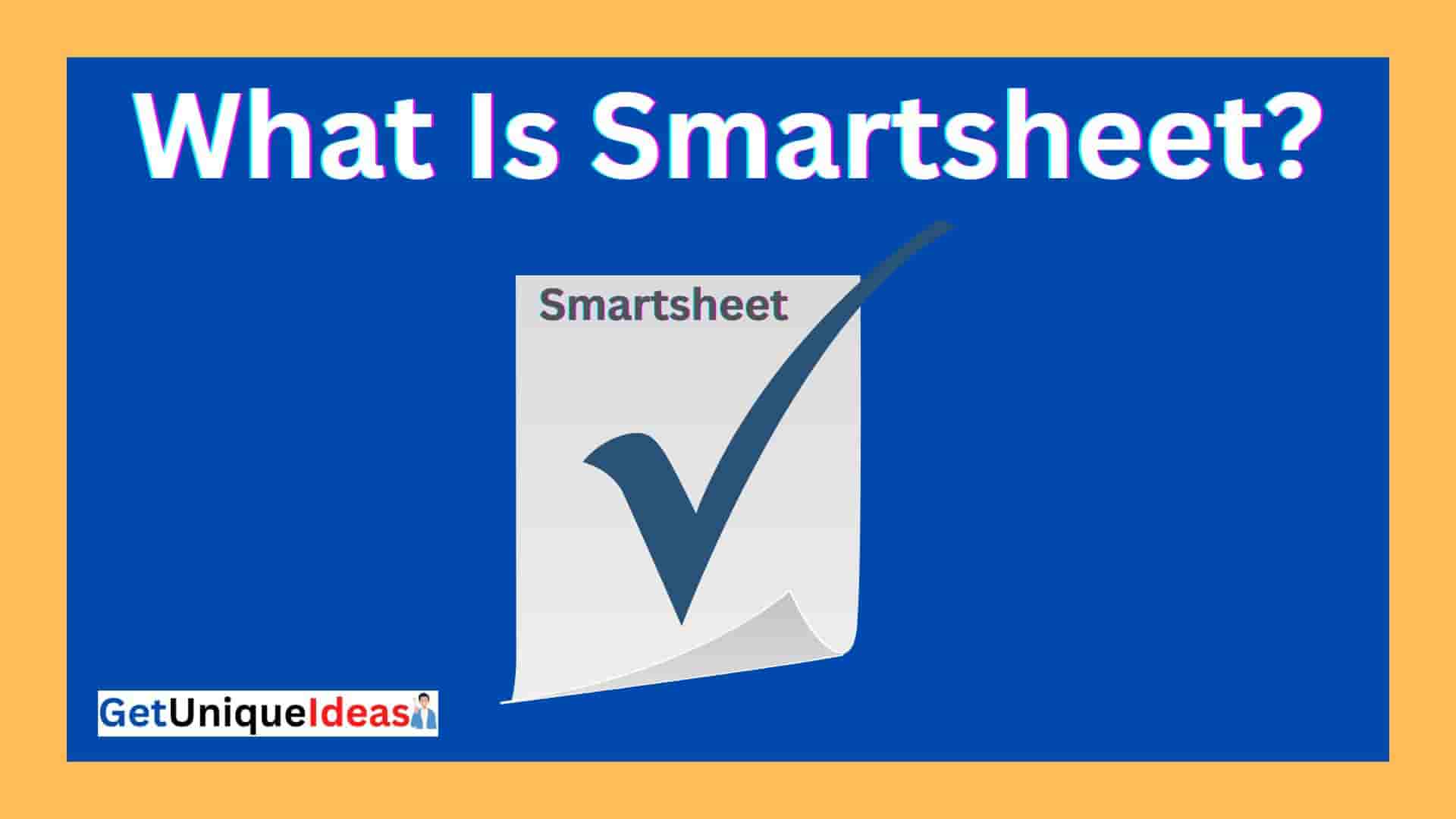Although optical scanners are more common in daily life, many people don’t know what they do or how they work.
In this blog post will explain the basics of optical scanners. We’ll also discuss how they work and the various types available.
This post is for tech enthusiasts who want to know more about new gadgets, or just curious about technology.
Introduction: Optical Scanner –
Optical scanners are tools for transforming physical images and text into digital information that a computer can process and evaluate.
In many different industries, such as document management, data entry, and biometric identification, they have developed into a necessary instrument.
How Optical Scanners Work –
An optical scanner works by using a light source to capture images or text from a physical source.
The detector illuminates the object and captures the reflected sunlight, which is converted into an electrical signal.
A computer processes the signal to create a digital file or image.
Different types of optical scanners
⇒ Flatbed Scanner
The most popular type of optical scanner is the flatbed scanner.
The scanner’s flatbed has a flat glass surface on which the document or image is placed.
The scanning head then moves across the document to capture it.
Flatbed scanners are capable of capturing high-quality images. They can also be used to scan books, magazines, and other documents.
⇒ Sheetfed scanners
These scanners can scan a stack of documents automatically and are ideal for handling large volumes.
These scanners are used for bulk document scanning in offices and can scan both sides at once.
⇒ Handheld Scanners
The handheld scanners can scan images and text from any physical source.
These scanners are often used by surveyors, architects, engineers, and other professionals to capture images of buildings and other objects.
Application of optical scanners
⇒ Document Management
In document management systems, optical scanners are used to scan and digitize paper documents.
The documents can be stored, retrieved and shared easily once they have been scanned. This eliminates the need to store them in physical storage.
⇒ Data Entry
When large amounts of data must be entered into a computer, optical scanners can also be used.
The optical character recognition (OCR), which converts scanned text into machine-readable information, makes it easier to insert into a database.
⇒ Biometric Identification
The optical scanners are used in biometric identification systems like fingerprint scanners or iris scanners.
The scanners take a high-resolution picture of the biometric trait and compare it to a database to confirm an individual’s identity.
Conclusion
The optical scanner has become a vital tool in many areas, including document management and biometric identification.
It is possible to choose the best scanner for you by understanding the technology behind optical scanners.
The right scanner will allow you to quickly and accurately capture images from any source and then convert them into digital data for analysis.
Other Links:-









